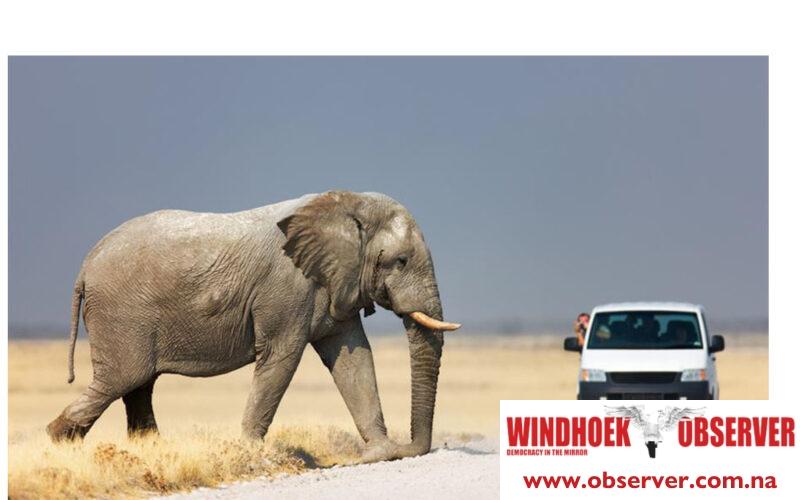Chamwe Kaira
Namibia’s tourism sector maintained positive momentum in April, setting a solid base ahead of the peak travel season.
National hospitality occupancy reached 54.94%, slightly higher than the pre-pandemic level of 54.73% recorded in April 2019. This was the highest monthly occupancy rate so far this year.
It reflects a 24.1% increase compared to the previous month. The year-to-date average stands at 41.49%, still below the 2019 average of 44.92%.
Simonis Storm Securities reported that “Our 2025 tourism forecast projects a sectoral growth rate of 5.5%, underpinned by an anticipated 7.3% rise in visitor numbers and projected tourism revenue of N$4.6 billion. This growth is largely supported by enhanced international connectivity, targeted marketing campaigns in Europe and Asia, and growing interest in eco-tourism and cultural experiences.”
Tourist arrivals increased from 169,565 during the pandemic to 863,872 in 2023. Simonis said inflows are gaining momentum ahead of the peak tourism season from May to September.
The report highlighted a shift in strategy toward attracting high-net-worth travellers by developing premium lodgings and exclusive eco-tourism options. These luxury segments tend to remain stable during economic uncertainty, helping ensure steady revenue and long-term sustainability.
To reduce seasonality, Namibia continues promoting itself as a year-round destination. Promotional efforts are in place across regions to support this goal.
The government launched a marketing campaign to attract visitors beyond its traditional European markets. The campaign targets Asia, the United Arab Emirates, and North America.
The Namibia Tourism Board is leading the campaign under the Ministry of Environment, Forestry, and Tourism’s Program: Tourism Growth and Development and Gaming Regulation, which received N$51.3 million in funding.
Simonis said the goal is to reduce dependence on tourists from Germany, the UK, the Netherlands, France, and Belgium and to lower the risks tied to economic shocks or travel disruptions in those regions.




